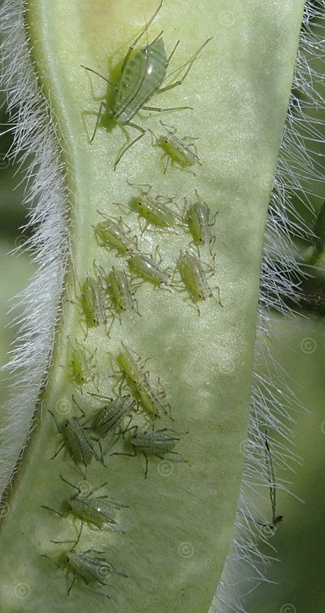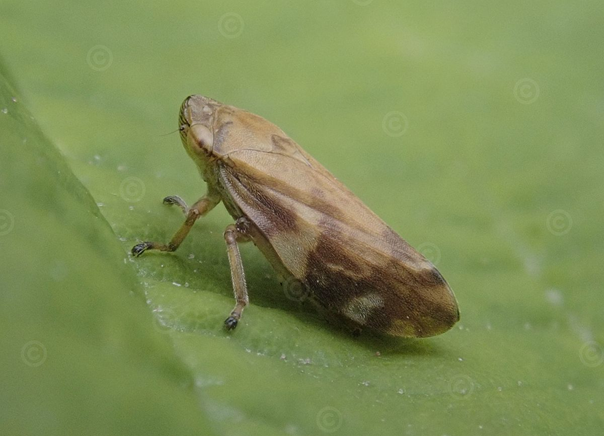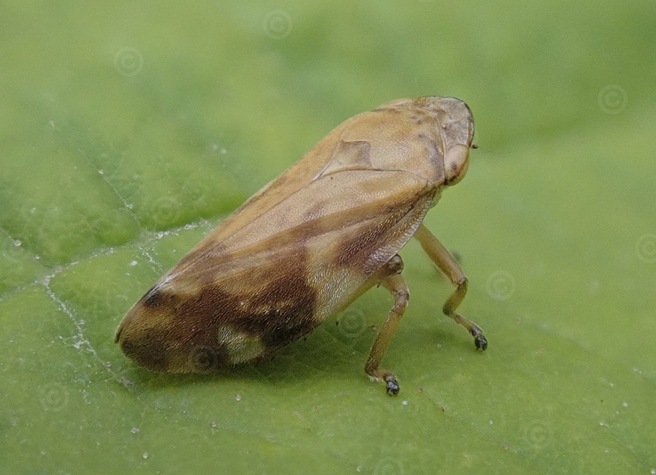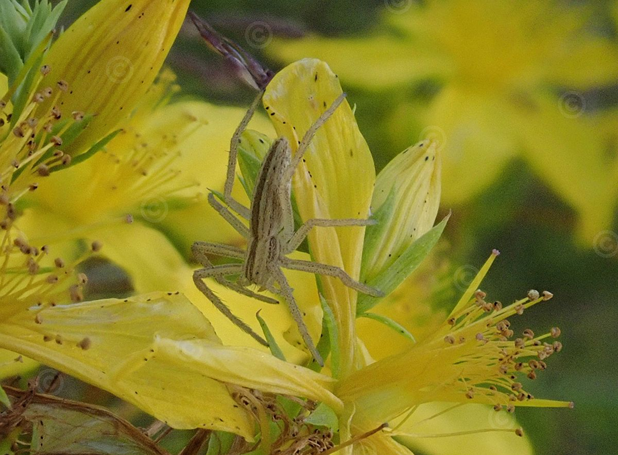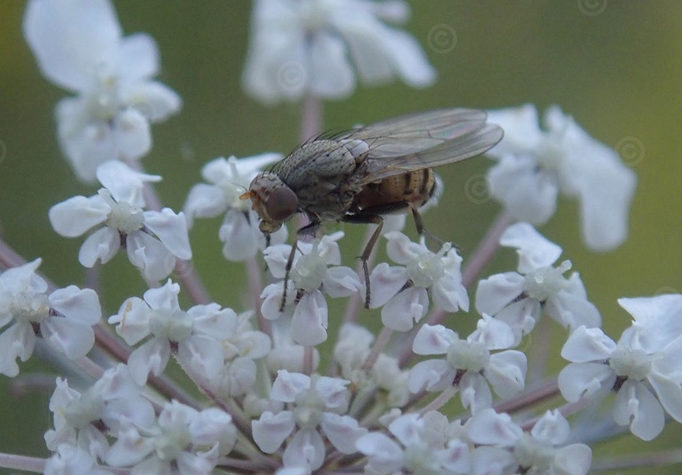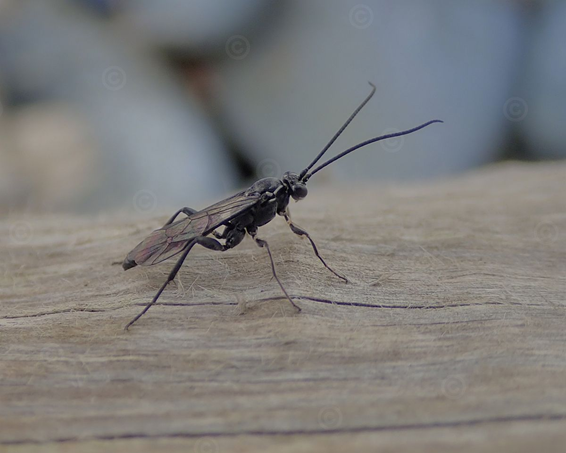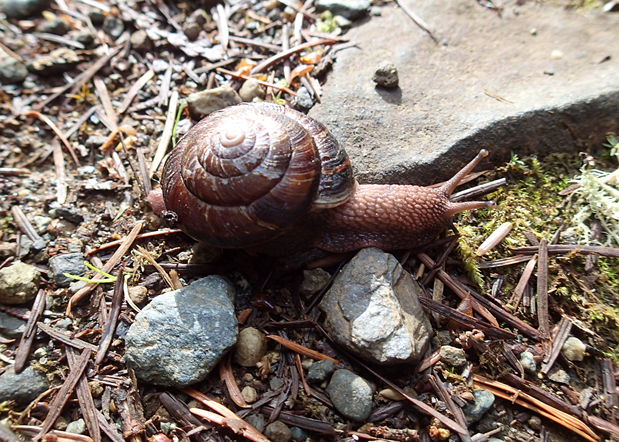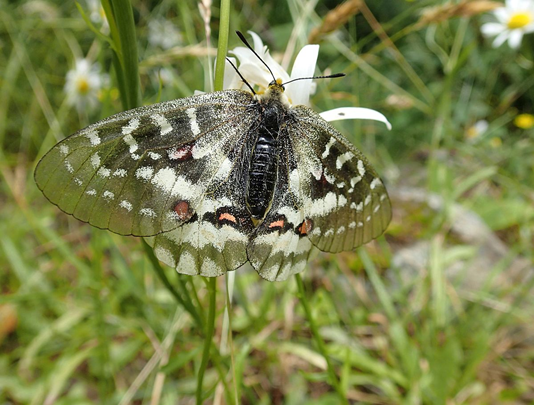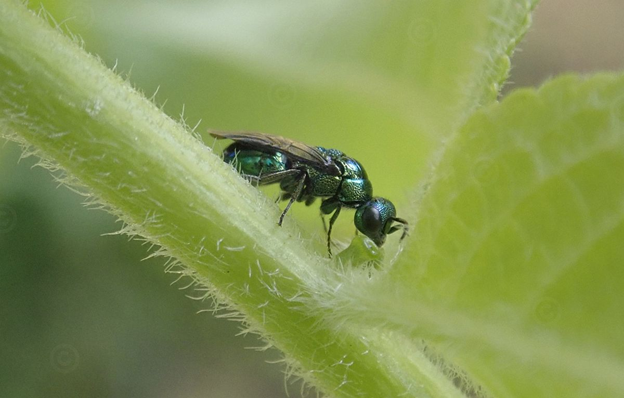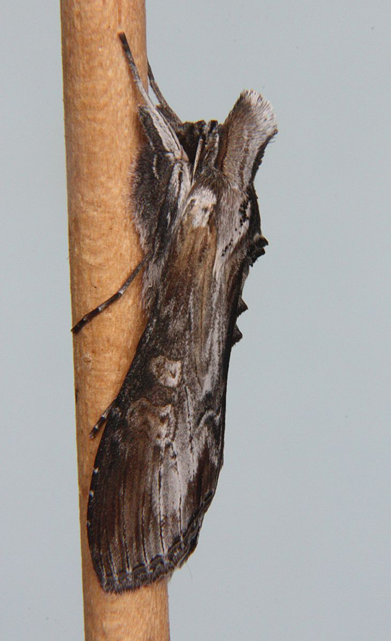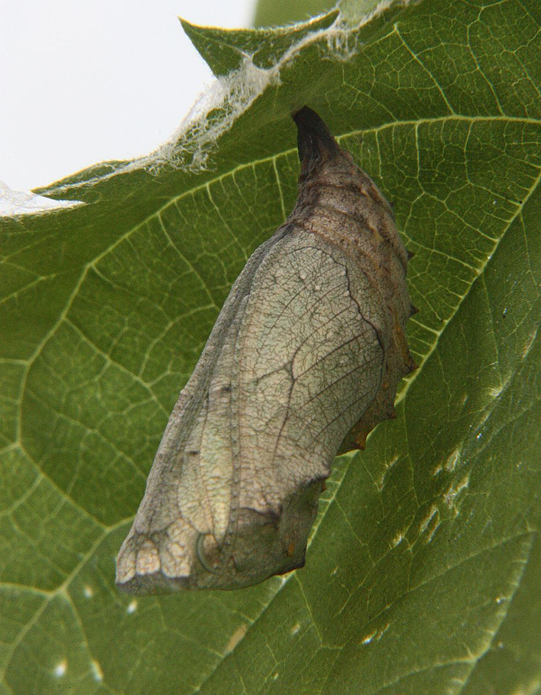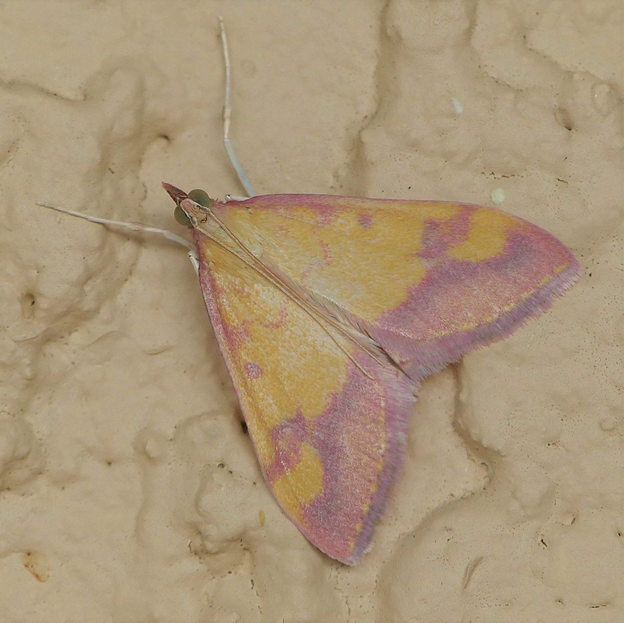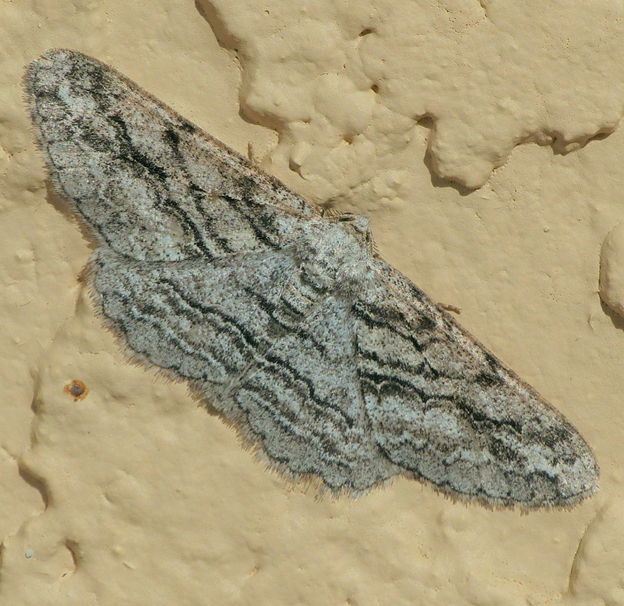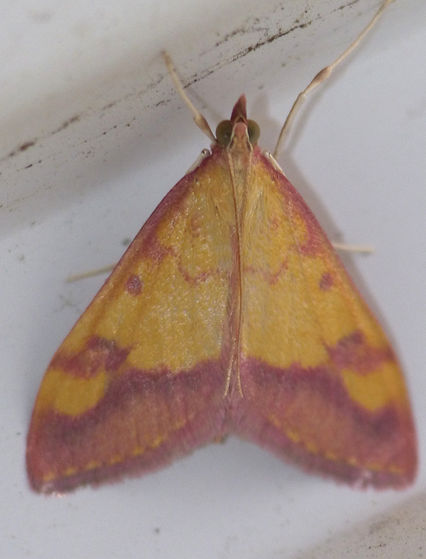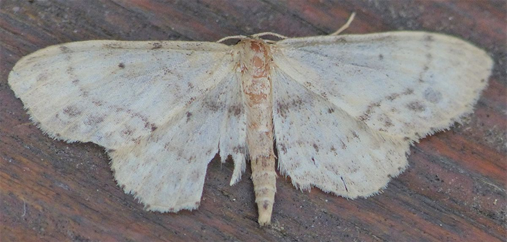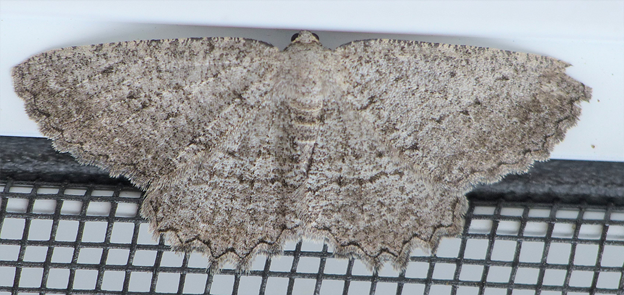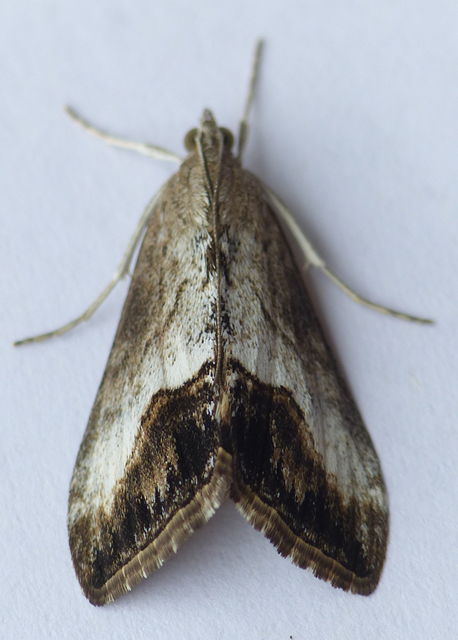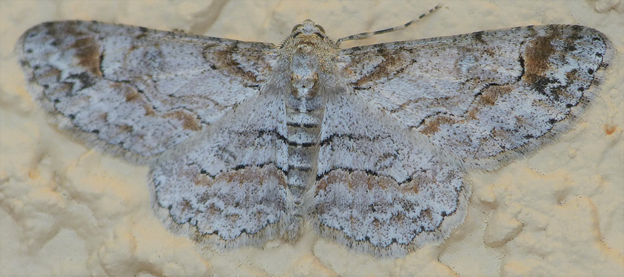2020 July 5 evening
Continuing with Mr E’s queue of difficult ones.
First a fungus covered with numerous springtails and a few mites. It took several seconds for Dr Heather Proctor, University of Alberta, to reply to my query re the mites. Her area of expertise is mites, so I didn’t really expect her to work on the springtails – but she had a go at them, too! This is what she wrote, as I say just seconds after I asked!
The long-legged mites belong to the prostigmatan family Cocceupodidae (or Eupodidae, depending on whether you accept Cocceupodidae as a separate family). Probably the genus Linopodes. For the springtails, I will guess Hypogastruridae but don’t take my word on that!
Jeremy Tatum writes: Since I have never seen the long words Cocceupodidae or Eupodidae before, I am quite happy, for the purposes of Invert Alert, to accept the former as a separate Family!

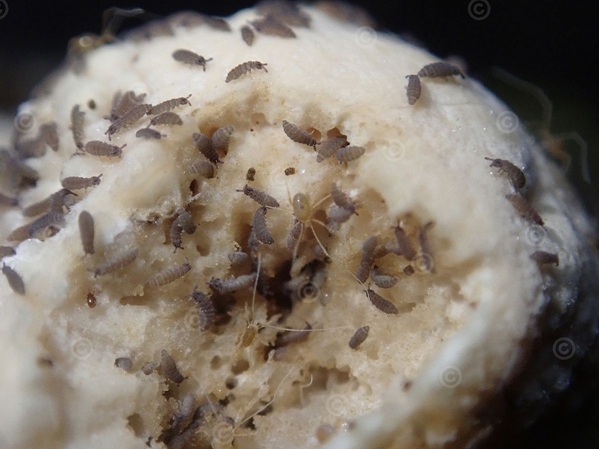
Springtails (Coll.: possibly Hypogastruridae)
Mites, probably Linopodes sp. (Prostigmata: Cocceupodidae)
Mr E
Thanks to Libby Avis for working on the identification of the following two micro moths:

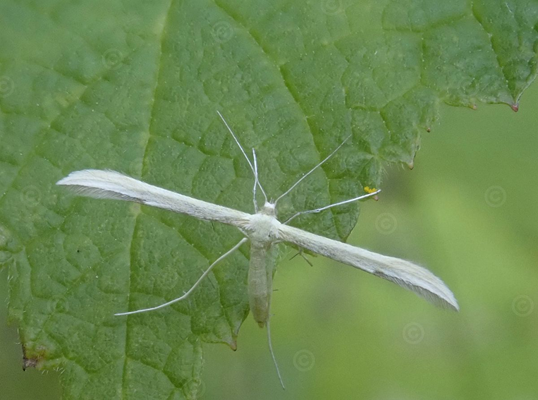
Hellinsia (possibly homodactylus) (Lep.: Pterophoridae) Mr E

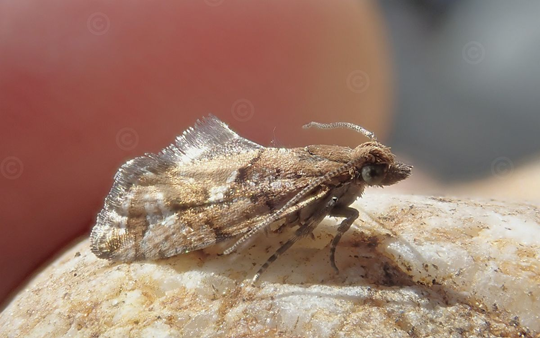
Zeiraphera (possibly canadensis) (Lep.: Tortricidae – Olethreutinae) Mr E

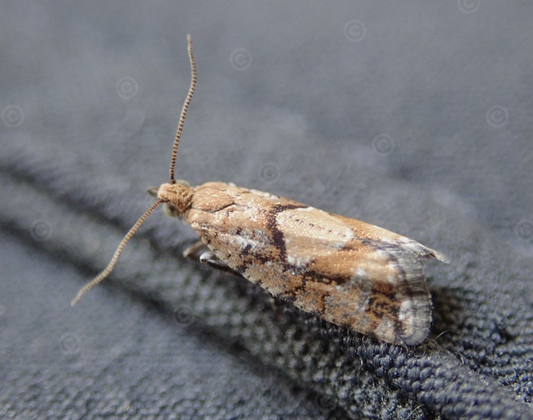
Zeiraphera (possibly canadensis) (Lep.: Tortricidae – Olethreutinae) Mr E
Rosemary Jorna photographed this bumble bee. Annie Pang makes a very tentative identification, but she remarks that often it is easier to identify a bumble bee if photographs are available from several different angles (e.g. dorsal, lateral, frontal, etc.).

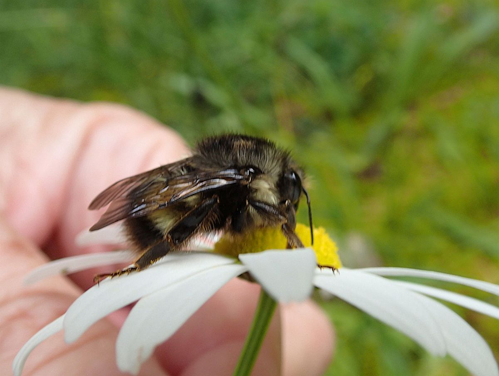
Bombus (possibly bifarius) (Hym.: Apidae) Rosemary Jorna
Jochen Möhr, Metchosin, sends photographs of a Pale Tiger Swallowtail, his first-of-season Lorquin’s Admiral, and a Sculptured Pine Borer.

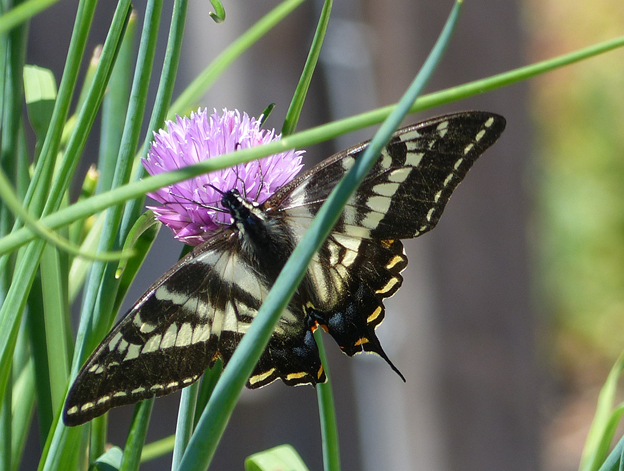
Pale Tiger Swallowtail Papilio eurymedon (Lep.: Papilionidae) Jochen Möhr

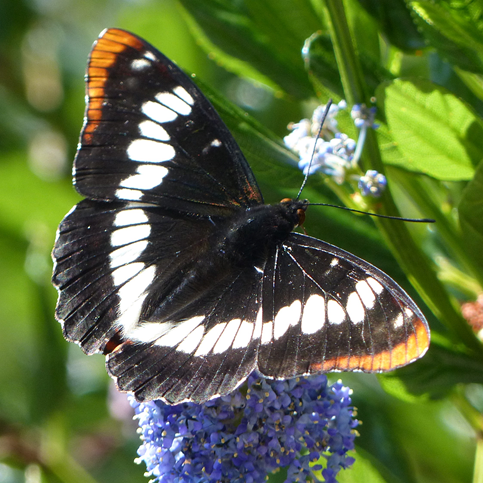
Lorquin’s Admiral Limenitis lorquini (Lep.: Nymphalidae) Jochen Möhr

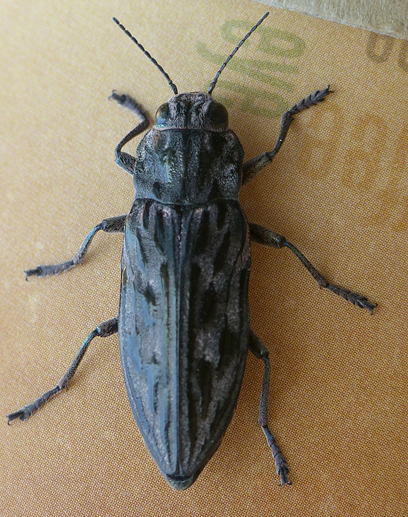
Sculptured Pine Borer Chalcophora angulicollis(Col.: Buprestidae) Jochen Möhr

